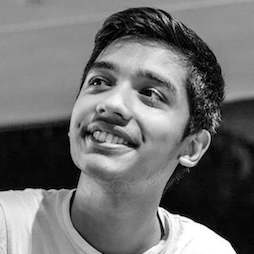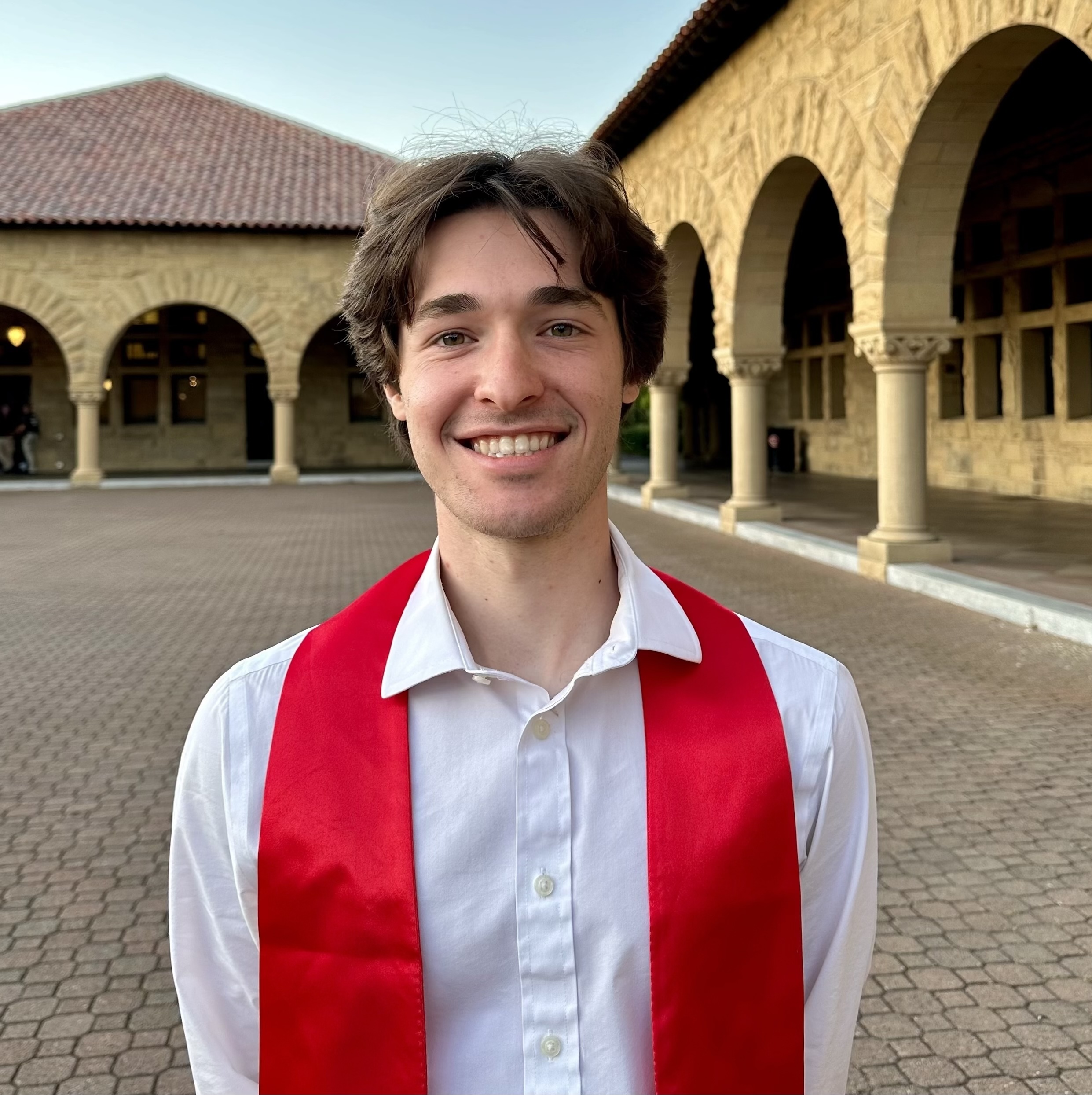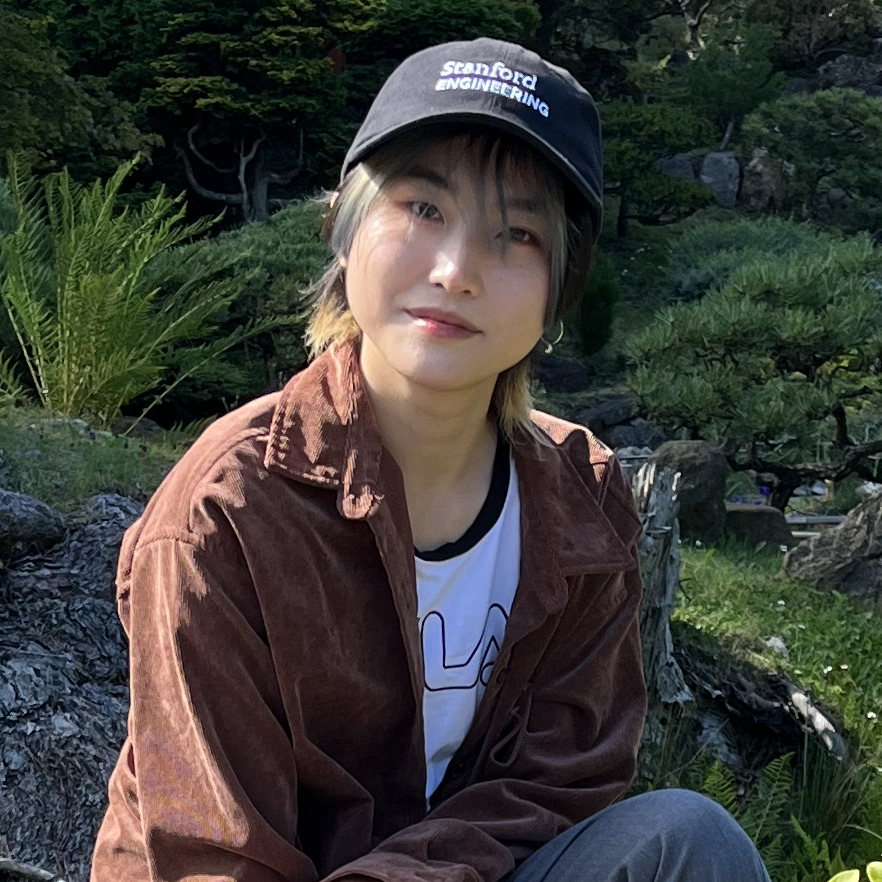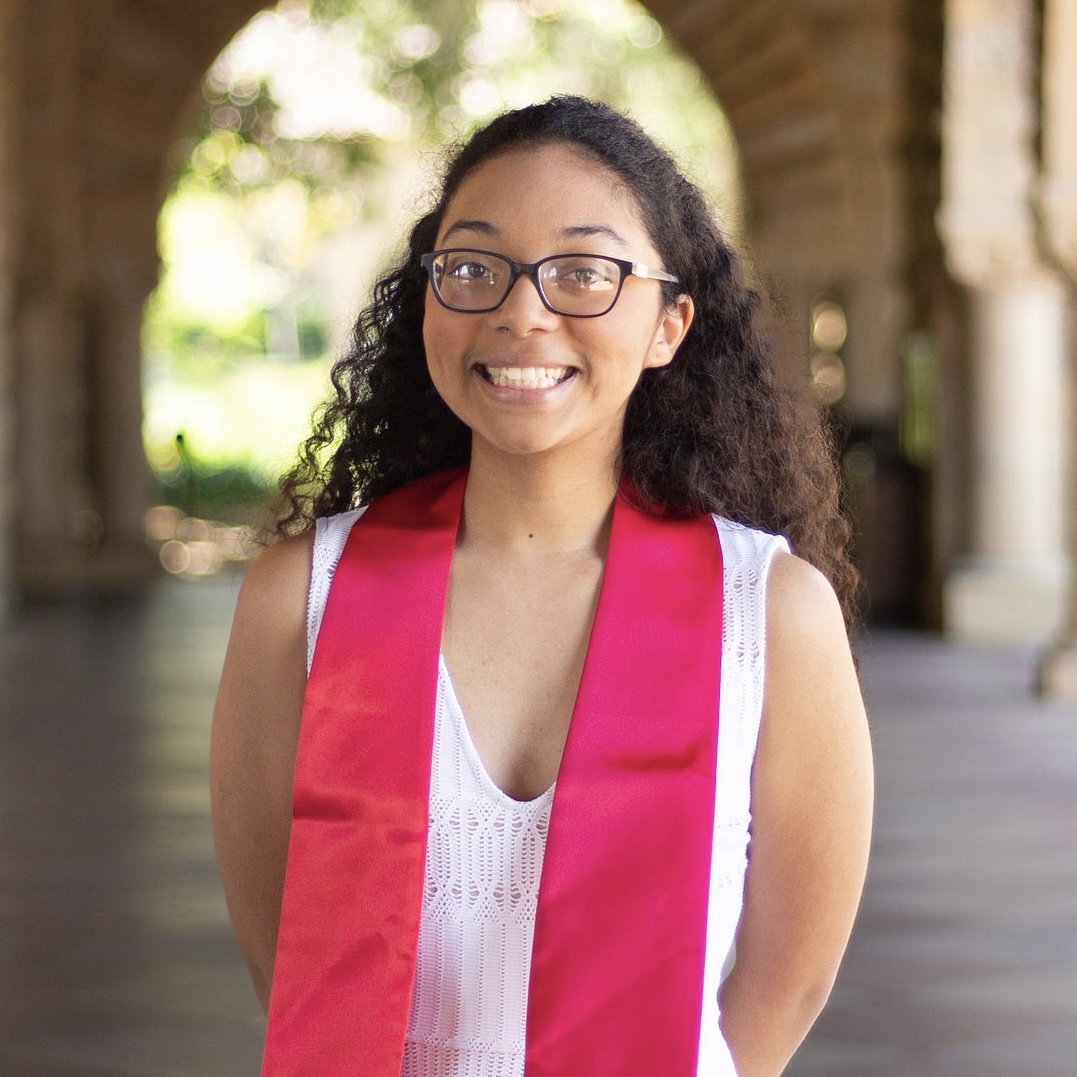Logistics
Contact
Communication and Slack: Communication for this course is through Slack. If you are enrolled in the course but not a member of the course slack, please email a member of staff requesting to be added.
Academic accommodations: If you need an academic accommodation, contact the Office of Accessible Education (OAE). The OAE will then prepare an OAE letter with the recommended accommodations. Send this letter to both Professor Landay and the head CA.
Absences: If you need to miss either lecture or studio, please contact your studio CA by email or over Slack.
Teaching Team

James Landay
(he/him)
Professor of Computer Science

Shardul Sapkota
(he/him)
Head CA

Britney Tran
(she/her)
CA

Defne Genç
(she/her)
CA


Gray Wong
(Any Pronouns)
CA


Star Doby
(she/her)
CA
Grading
This class must be taken for 5 units. Only graduate students may take this class for anything less than 5 units for financial purposes. The workload is the same regardless of the unit count.
The grading breakdown is as follows:
- Group project: 8 assignments + team contribution (60%)
- Midterm (20%)
- Individual assignments & individual presentation (10%)
- Class/studio participation: exit tickets and attendance (10%)
Notes: There's no final, grades are not curved. No late group assignments will be accepted. Individual assignments lose one letter grade/day late.
Assignment Grading Buckets:
- ✔++: Far exceeds expectations. This is an A+, often a perfect or > 97% score.
- ✔+: Fulfills the expectations in the spec and some elements exceed expectations. Strong engagement with the design process. Excellent presentation of the work. This is an A range grade (93 - 97%).
- ✔: Fulfills the expectations in the spec. Students engaged with the design process, though maybe some small issues remain. Presentation understandable. This is a B+/A- range grade (88 - 92%).
- ✔-: Relatively complete, but there are components of unsatisfactory quality. Presentation may fall short (e.g., poor image resolution, too much text). This is a B range grade (83 - 87%).
- ✔--: Incomplete or multiple parts are of unsatisfactory quality. Shows sub-par engagement with the design process. Presentation likely falls short in many ways. This is a C+/B- range grade (78 - 82%).
- -: Missing substantial assignment components and/or mostly poor quality. Does not represent engagement with the design process. This is a C range grade or lower (< 78%).
Honor Code
We expect you to uphold the Stanford Honor Code in this course. In particular, you should abide by the following guidelines:
- You must not submit or look at solution code that does not belong to you.
- You must not share (or ask for) solution code from other students.
- You must indicate, with your submission, what outside help you received. ("Outside help" refers to help received from sources other than course staff or course materials)
AI policy: In recent years, AI tools have become more and more powerful, and they have been gaining wider adoption in the software development industry. However, AI tools can also inhibit the learning process by undermining the struggle and effort it takes to truly learn a new skill.
Taking these factors into mind, we are going to try a new, experimental AI policy this quarter in CS 147. For all assignments except for implementing the Website (Assignment 3) and Hi-Fi prototype (Assignment 8), we ask that you do not use AI tools to complete the assignment. These assignments will help you build fundamental design thinking and prototyping skills. For implementing the Website (Assignment 3) and Hi-Fi prototype (Assignment 8), we will allow free use of AI tools as long as their use is credited appropriately in your submission.
Taking these factors into mind, we are going to try a new, experimental AI policy this quarter in CS 147. For all assignments except for implementing the Website (Assignment 3) and Hi-Fi prototype (Assignment 8), we ask that you do not use AI tools to complete the assignment. These assignments will help you build fundamental design thinking and prototyping skills. For implementing the Website (Assignment 3) and Hi-Fi prototype (Assignment 8), we will allow free use of AI tools as long as their use is credited appropriately in your submission.
Assignments
Students complete most of their work in teams. There are 10 total group assignments with 4-5 presentations, 3-4 write-ups, a video, a pitch-slide and a poster. Additionally, there are 1-2 individual assignments and an individual presentation grade.
More detailed
course timeline
and
assignments overview
available for download.
Studio
Studio is a key component of this class. Students are required to attend their assigned studio on Thursday or Friday. Students are allowed one pre-excused absence. Second pre-excused absence can be removed with make-up assignment. Late arrival or early departure of studio will count as a half absence.
Laptop/Phone Policy
Studies show laptops/phones in class disrupt both the students using laptops & the students around them. In addition, studies show using handwriting for notes (with a pen or digital tablet) leads to better retention of information.
Laptops should be closed & phones put away except in 3 back rows of the lecture room (unless approved in advance with teaching team due to a legitimate need for the technology & forward seating). Digital tablets are allowed throughout the room (note: we will ask you when you can use laptops technology for polls/in-class activities).
Laptops should be closed & phones put away except in 3 back rows of the lecture room (unless approved in advance with teaching team due to a legitimate need for the technology & forward seating). Digital tablets are allowed throughout the room (note: we will ask you when you can use laptops technology for polls/in-class activities).
Midterm
Scope: Everything though "Designing the Future: Early and Future Visions of HCI" (Week 7 - Lecture 14) including Reading/Videos/Podcasts, Lectures, Assignments.
Format: Will primarily be a multi-part design problem (but know and be able to demonstrate all aspects of the design process & use facts for reasoning for your answers), with some multiple choice/short answer on knowledge of HCI as well.
Place: Hybrid exam — part I in class & part II (design problem) at home (Gradescope)
Time: This midterm will take place during a 24-hour window starting in class Wed., Nov.13, at 1:30 PM Pacific time. You will have ~1:30 for part I in class and ~2 hour for part II at home.
Course Disruptions
Stanford as an institution is committed to the highest quality education, and as your teaching team, our first priority is to uphold your educational experience. To that end we are committed to following the syllabus as written here, including through short- or long-term disruptions, such as public health emergencies, natural disasters, or protests and demonstrations. However, there may be extenuating circumstances that necessitate some changes. Should adjustments be necessary, we will communicate clearly and promptly to ensure you understand the expectations and are positioned for successful learning.
Lecture Time & Location
Lectures are in person and are held in Hewlett Teaching Center 201, on Mondays and Wednesdays from 1:30 - 3:20 PM. CAs will communicate with students about weekly studio locations and times.